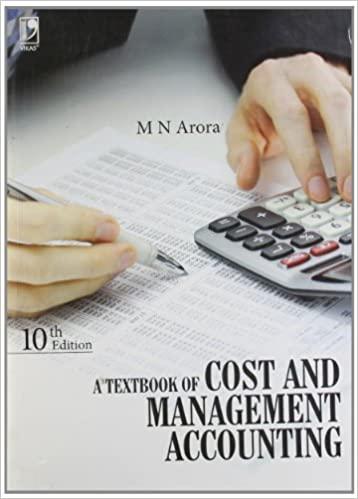1. Investments differences rather than deferred tax considerations accounted for using the fair value method generate permanent 2. Similar to the allowance for bad debts and accumulated depreciation accounts, the r value adjustment account (i.e, the allowance account) must always have a credit balance at year-end. 3. When determining the accounting to be applied to a lease, satisfaction of at least one of the Group criteria and one of the Group II criteria dictates a lessor should use cepiteldease accounting treatment 4. A debt instrument purchased at a discount to face value which is categorized as available for sale requires creation and maintenance of an amortization table 5. In a sales-type capital lease, in addition to removing the leased asset from its books the lessor records sales revenue and cost of goods sold. 6. A tax contingency (also referred to as an uncertain tax position) relates to the potential amount a company may owe for an aggressive tax position. A threshold of greater than 50% likelihood is used to determine whether the contingency should be accrued 1. Investments differences rather than deferred tax considerations accounted for using the fair value method generate permanent 2. Similar to the allowance for bad debts and accumulated depreciation accounts, the r value adjustment account (i.e, the allowance account) must always have a credit balance at year-end. 3. When determining the accounting to be applied to a lease, satisfaction of at least one of the Group criteria and one of the Group II criteria dictates a lessor should use cepiteldease accounting treatment 4. A debt instrument purchased at a discount to face value which is categorized as available for sale requires creation and maintenance of an amortization table 5. In a sales-type capital lease, in addition to removing the leased asset from its books the lessor records sales revenue and cost of goods sold. 6. A tax contingency (also referred to as an uncertain tax position) relates to the potential amount a company may owe for an aggressive tax position. A threshold of greater than 50% likelihood is used to determine whether the contingency should be accrued







